2023展望--中国新能源车十大技术预测
根据中国汽车工业协会公布的最新数据显示,2022年中国汽车产销分别完成2702.1万辆和2686.4万辆,稳中有增的同时已经连续14年产量销量稳居全球第一。不仅如此,2022年我国新能源汽车持续爆发式增长,产销分别完成705.8万辆和688.7万辆,同比分别增长96.9%和93.4%,连续8年保持全球第一。随着国内疫情的结束,2023年预计这两项数据还会再创新高,并保持全球第一的优势地位。其中,预计新能源汽车产销量的涨幅将达到40%左右,年销量规模将达到1000万辆。届时,全球第一个新能源汽车年销量达到千万量级的国家将非中国莫属。
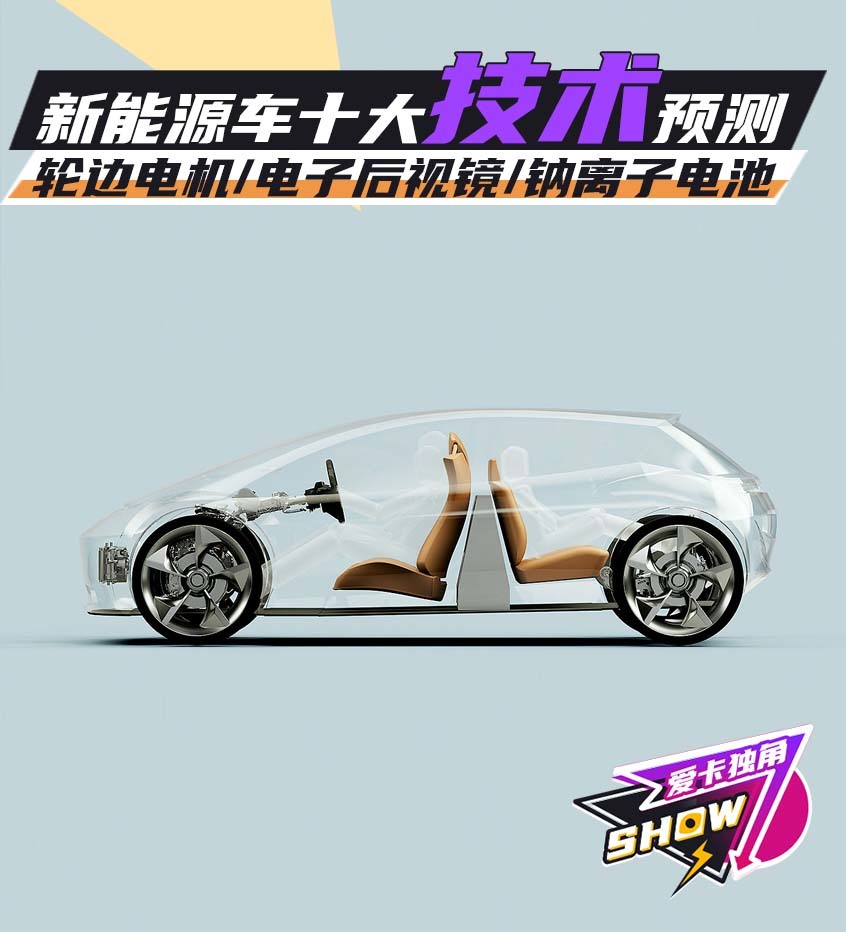
新能源汽车的飞速发展离不开新硬件、新技术的运用,新硬件、新技术的运用在让中国保持在国际新能源汽车市场中优势地位的同时,还将进一步促进中国汽车品牌走出国门,在新硬件、新技术的加持下,来自中国的新能源汽车在国际市场中也将更具竞争力。那么问题来了,究竟哪些硬件与技术有望在2023年率先投入量产?本期《爱卡独角SHOW》将为您一一道来。
纯固态补盲激光雷达落地应用
2022年可以说是激光雷达爆发增长的一年,全年乘用车市场搭载的激光雷达数量或超10万颗,预计2023年,装配数量有望突破50万颗。然而,目前搭载的激光雷达的应用场景非常有限,绝大多数仍停留在以前向作为重点感知区域。尽管通过毫米波雷达和侧摄像头能够弥补单颗前激光雷达的不足,但在探测精度方面依然无法达到城市高阶自动驾驶的使用需求。因此,纯固态补盲激光雷达就成为人类迈向更高阶自动驾驶时代需要补齐的短板。
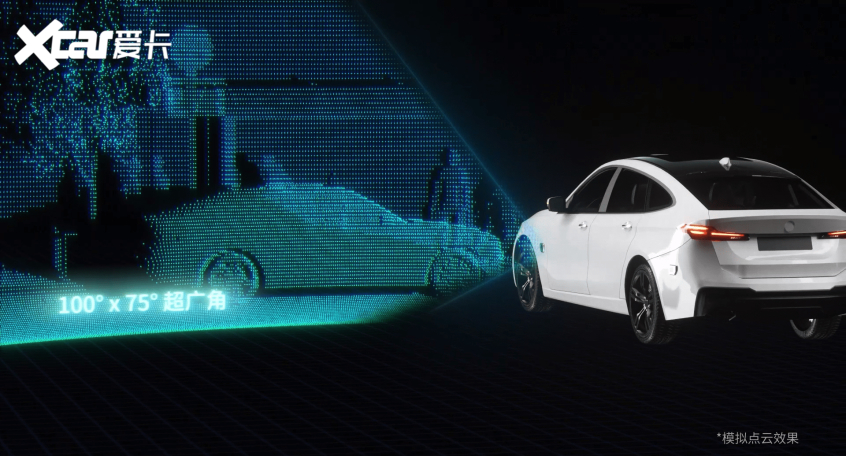
纯固态补盲激光雷达与目前搭载数量众多的前半固态激光雷达不同的是,它的探测距离只有几十米,但这对于侧向探测来说已经绰绰有余。如果采用前置激光雷达来进行侧面探测,不仅会造成性能上的浪费,还将带来高昂的成本。当前半固态激光雷达的成本已经能控制在5000元以下,而纯固态激光雷达的成本只有其不到一半。
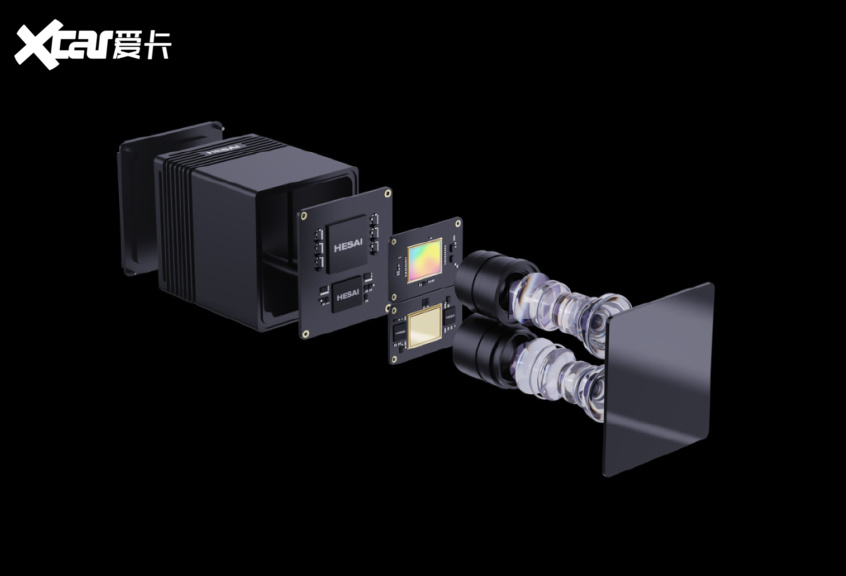
4D毫米波雷达成为智能驾驶标配
毫米波雷达是早期辅助驾驶的核心传感器,但随着视觉能力的提升、新传感器的加入,其信噪比过低、误报率高等问题开始凸显。马斯克曾公开炮轰毫米波雷达,随后改用纯视觉方案,理想L9(配置|询价)也在增强了视觉探测能力后取消了角毫米波雷达。然而,4D毫米波雷达的出现将改变传统毫米波雷达不受待见的情况,其在探测距离、水平角度及速度三个参数的能力以外,还增加了俯仰角的高度信息,感知精度也大幅提升。因此,4D毫米波雷达也被称之为4D成像雷达。目前,众多供应商和车企已经涌入这条赛道,上汽飞凡R7、长安深蓝SL03等车型均已搭载4D毫米波雷达,今年的CES展上,恩智浦、TI、Mobileye等芯片公司都带来了自己的4D毫米波雷达方案。
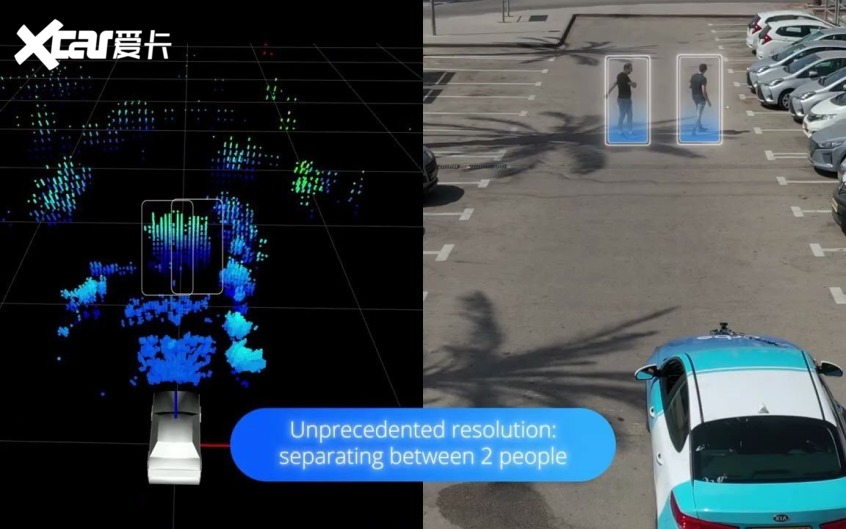
下一代感知算法BEV的应用
除了硬件上的加持,智能驾驶更离不开科学的算法,算法的优劣才最终决定了车辆能否利用传感器采集的信息实现高阶自动驾驶。当前的感知算法,可分为Image-View和BEV两种。区别于Image-View,BEV通过多摄像头或雷达,将视觉信息转换至鸟瞰视角进行相关感知任务,能为自动驾驶感知提供更大的视野,并且能够并行地完成多项感知任务。简单来说,BEV感知相当于给自动驾驶开启了“上帝视角”,能够让车辆无遮挡的“看清”道路上的实况信息,在BEV视角下统一完成感知和预测任务。目前,特斯拉、理想、蔚来等车企以及地平线等芯片企业都在推动BEV方案的落地。
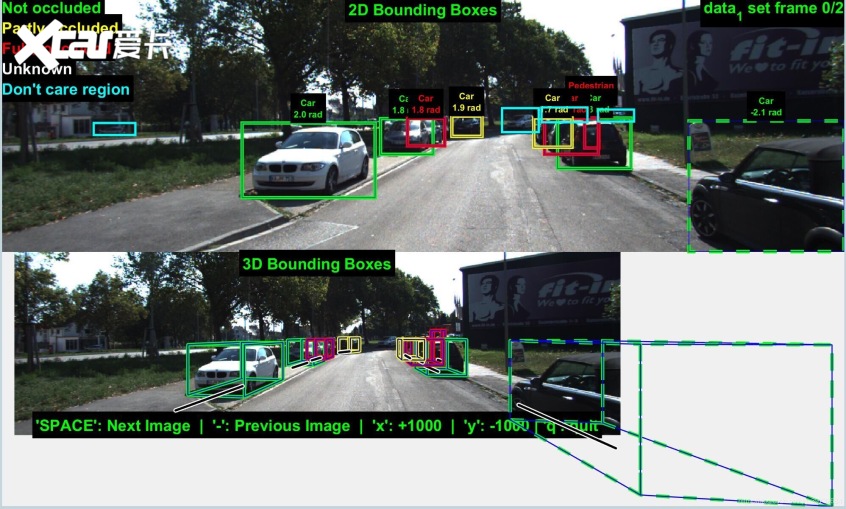
城市辅助驾驶大规模交付
2022年,华为、小鹏等品牌的城市智能驾驶开始落地。虽然只是在个别城市试点,但将智能驾驶从相对简单的高速快速路升级到无序化十分严重的开放城市道路,意义仍旧非凡。相比高速智能驾驶,城市场景无论使用频率,还是在实际应用中能够起到的价值都明显更高,开发难度也更大。但这也意味着其开始朝向点到点的全场景智能驾驶迈进,变成高阶智能驾驶。当然,这离不开像纯固态补盲激光雷达、4D毫米波雷达、BEV算法这样探测精度更高、适用场景更广的软硬件技术。从各大企业公布的规划中来看,2023年将是城市智能驾驶大规模落地的一年,以便在2024年做到全场景打通。除了华为、小鹏之外,理想汽车也计划在2023年将智能驾驶从高速场景发展到城市场景,集度ROBO-01也将在2023年实现交付,它将搭载基于百度ANP3.0开发的集度高阶智能驾驶系统。
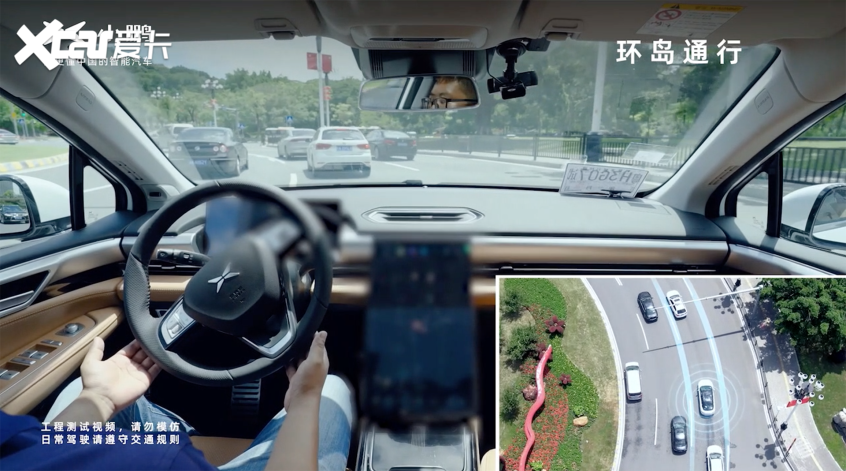
轮边电机技术成为主流
进入电气化时代,车轮矢量控制技术备受关注。在燃油车时代,由于发动机是整车的唯一动力来源,因此,动力分配只能通过差速器来完成。电气化时代则完全不同,凭借电动机相比发动机更加轻量化、小型化的优势,甚至可以为每个车轮独立配备一台电动机,从而实现更加灵活的动力分配。通过给每个电机不同的控制指令,让每个车轮都能有不同的转速和旋转方向。既能实现原地掉头、车身稳定控制、差速控制等功能,又能通过给不同车轮进行精细扭矩分配,增强车辆的操控性,比如增加弯道外侧车轮扭矩提升过弯极限、增加后轮扭矩使其更易漂移等。从前不久公布的奔驰EQG、仰望U8的资料中可以看出,轮边电机的运用将彻底颠覆过往。
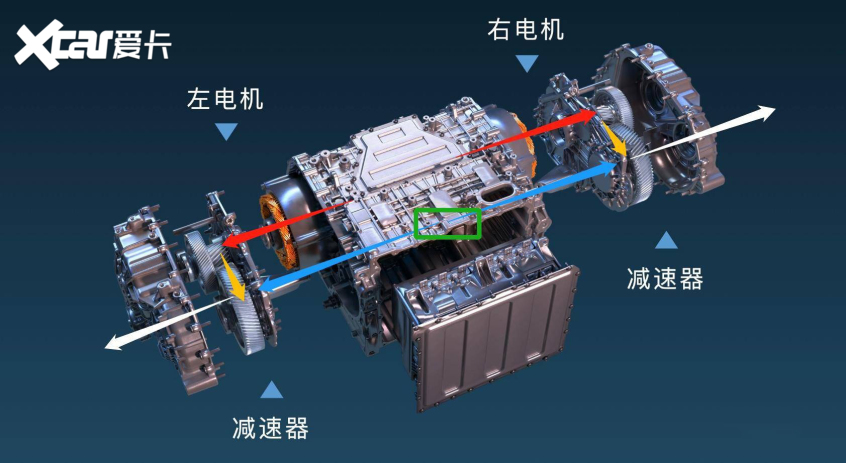
高通8295批量上车
高通骁龙8295芯片是高通第四代骁龙汽车数字座舱平台中的产品,该平台于2021年1月27日发布,分为三个层级对相应车型进行支持:面向入门级平台的性能级(Performance)、面向中层级平台的旗舰级(Premiere)、面向超级计算平台的至尊级(Paramount)。参数方面,骁龙8295芯片是5nm制程的车规级芯片(骁龙8155芯片采用7nm制程),其CPU部分采用了与高通骁龙888相同的六代Kyro架构,即一个X1超大核+三个A78大核+四个A55小核的典型大小核架构。高通8295芯片相比8155在高性能计算、AI处理方面有了很大的提升,8295的GPU算力提升3.1倍、CPU算力提升2.2倍、NPU AI算力提升8倍达到30 TOPS。另外,8295芯片的视频接口也将达到9个,这意味着去年推出的理想L9、L8、L7等车型可以不再因8155的视频输出限制,被迫采用双芯片方案。
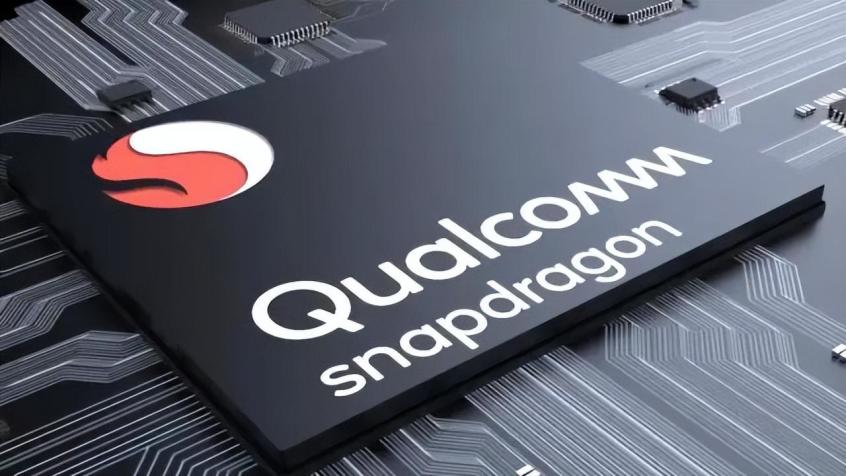
800V以及更高电压快充技术的普及
除了续航里程,充电速度的快慢也直接影响了电动车的使用体验,因此,各大车企在不断提升电池容量的同时也在努力提高充电速度。目前主流纯电动车大多采用400V平台,若提高直流快充的电压至800V上下,在充电电流不变的情况下,可得到更大的充电功率。于是各大主流车企纷纷入场推出高压平台解决方案。预计到2026年,基于800V以上高压平台的电动车销量将超过580万辆,市面上一半以上的电动车都将采用800V以上高压平台。为了实现更高的充电效率,更有车企已经开始朝着1000V甚至更高电压架构推进。
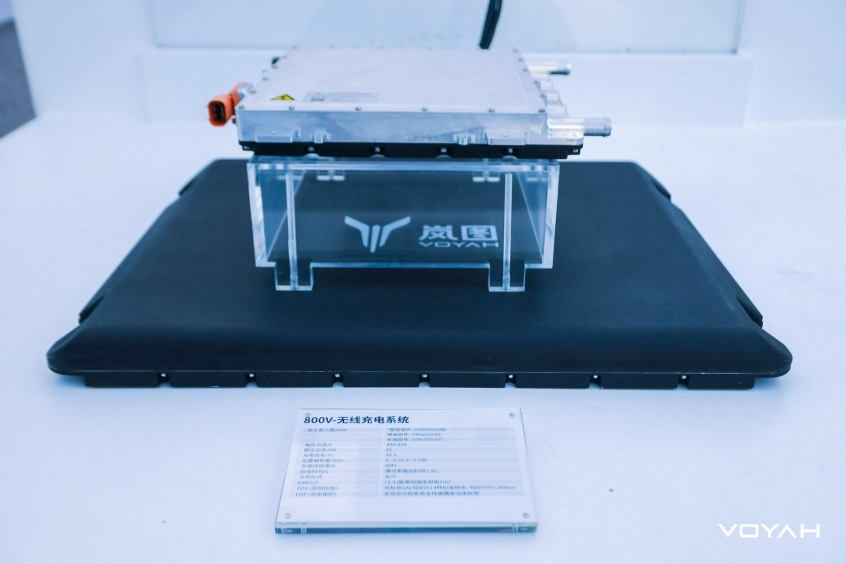
4C高倍率电池的普及
想要提升充电速度,除了需要提高电压之外,还需要能够在短时间内容纳如此多电量的电池。因此,各大车企在普及800V以及更高电压快充技术的同时,也在提升电池技术,4C高倍率电池便是为了提升充电速度而生。4C代表着电池系统的充电倍率,如果1C可以在60分钟完成充电,那么4C仅需15分钟。目前市面上绝大多数主流的动力电池包只支持2C的充电倍率,能达到4C充电倍率的动力电池目前还屈指可数。搭载欣旺达4C电池的小鹏G9(配置|询价)配合超快充充电桩能够实现充电5分钟续航200km,充电峰值功率可达430kW。此外,宁德时代的麒麟电池也属于4C电池,10分钟可将电量充至80%。蜂巢能源第二代4C快充电池预计也将在今年第二季度实现量产。
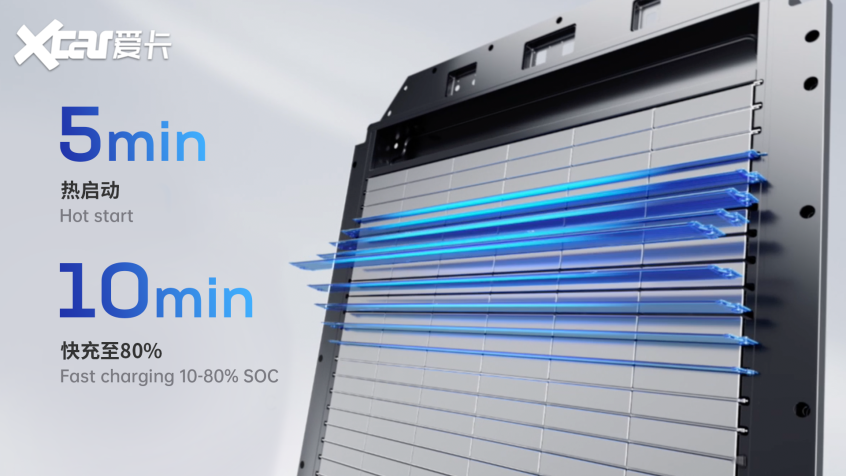
钠离子电池运用于量产车
作为锂离子电池核心材料的碳酸锂在近年来疯狂涨价,2021年初,电池级碳酸锂的价格仅为每吨5万元,2022年11月这个价格站上了每吨60万元的高位。快速上涨的碳酸锂价格迫使各大厂商开发原材料更加便宜的钠离子电池。钠离子电池使用的电极材料主要是钠盐,相较于锂盐而言储量更丰富,价格更低廉。由于钠离子比锂离子更大,所以当对重量和能量密度要求不高时,钠离子电池是一种划算的替代品。钠离子电池技术路线有三个天然优势:原材料便宜、拥有不错的性能特征、量产工艺能用锂电池的产线。事实上,宁德时代早在2021年就明确表示钠离子电池普遍可以满足小型车的续航需求,因此我们期待在2023年能够看到钠离子电池技术能够出现在量产车上。
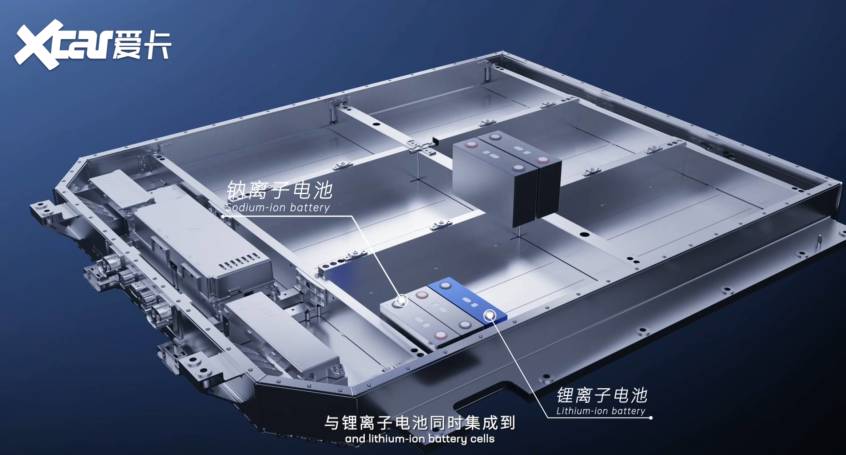
电子后视镜的大规模运用
2022年12月29日,汽车电子后视镜CMS新国标GB15084-2022《机动车辆间接视野装置性能和安装要求》正式发布。根据规定,新国标将在2023年7月1日正式实施。这也意味着装载电子后视镜的新车型将被允许上市销售,并且无需再配备传统光学后视镜。相比传统光学外后视镜,电子后视镜由外置摄像头和车内屏幕组成,具有体积小、可伸缩、风阻小、视场角大、受天气影响小、照明不足时也可通过计算提高亮度等诸多优点。因此,随着新国标的正式颁布,电子后视镜将会在2023年获得大规模运用。
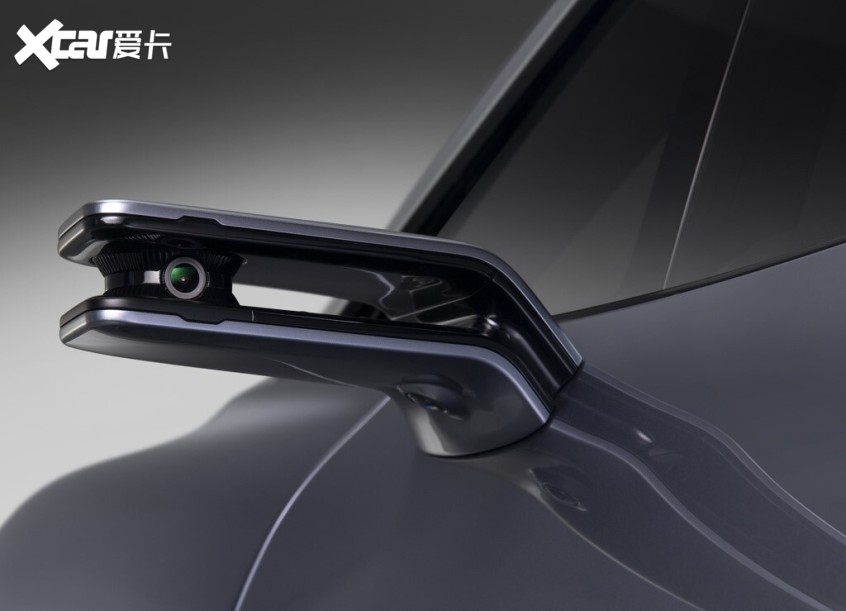

全文总结:从这十大硬件技术预测中能够发现,电气化时代的技术突破主要围绕着两个方面,一方面是能够实现智能驾驶或智能座舱的智能化方面,其中包括了纯固态补盲激光雷达、4D毫米波雷达、城市辅助驾驶、感知算法BEV和高通8295芯片;另一方面则围绕着电池展开,其中包括800V以及更高电压快充技术、4C高倍率电池、钠离子电池等。值得骄傲的是,目前这些技术的天花板大多掌握在中国企业的手中。技术上的领先地位也使得国产新能源车能够打破内卷、走出国门。未来,在新技术的推动下,已经通过电气化实现弯道超车的中国汽车工业注定将引领世界汽车工业的发展。
Junfeng will let you focus on the transformation of new energy vehicles in China in 2023.
According to the latest data released by the China Association of Automobile Manufacturers, China's automobile production and sales will reach 27.021 million and 26.864 million respectively in 2022, with a steady increase. At the same time, the production and sales have been the first in the world for 14 consecutive years. Not only that, in 2022, China's new energy vehicles continued to grow explosively, with the production and sales of 7.058 million and 6.887 million vehicles, up 96.9% and 93.4% year on year, respectively, maintaining the first place in the world for eight consecutive years. With the end of the domestic epidemic, it is expected that these two data will reach a new high in 2023 and maintain the dominant position of the first in the world. Among them, it is expected that the growth of production and sales of new energy vehicles will reach about 40%, and the annual sales scale will reach 10 million. At that time, China will be the first country in the world where the annual sales of new energy vehicles will reach tens of millions.
2023 Outlook | Prediction of Ten New Energy Vehicle Technologies
The rapid development of new energy vehicles cannot be separated from the application of new hardware and new technology. The application of new hardware and new technology will not only keep China in an advantageous position in the international new energy vehicle market, but also further promote the Chinese automobile brands to go abroad. With the support of new hardware and new technology, new energy vehicles from China will also be more competitive in the international market. So the question is, which hardware and technology are expected to take the lead in mass production in 2023? This issue of Aika Monopoly Show will come together for you.
Ground application of pure solid state blinding lidar
2022 can be said to be a year of explosive growth of laser radars. The number of laser radars carried in the passenger car market throughout the year may exceed 100000. It is expected that the number of laser radars will exceed 500000 in 2023. However, the application scenarios of the laser radar currently carried are very limited, and the vast majority still stay in the forward direction as the key sensing area. Although the millimeter wave radar and side camera can make up for the deficiency of single front laser radar, the detection accuracy still cannot meet the use requirements of urban high-order automatic driving. Therefore, the pure solid state blinding lidar has become a short board that needs to be supplemented when human beings move towards a higher level of automatic driving era.
2023 Outlook | Prediction of Ten New Energy Vehicle Technologies
Unlike the former semi-solid lidar, which currently carries a large number of lasers, the detection range of the pure solid lidar is only tens of meters, but this is more than enough for lateral detection. If front lidar is used for side detection, it will not only waste performance, but also bring high cost. At present, the cost of semi-solid laser radar can be controlled below 5000 yuan, while the cost of pure solid laser radar is less than half of that.
2023 Outlook | Prediction of Ten New Energy Vehicle Technologies
4D millimeter wave radar becomes standard for intelligent driving
Millimeter-wave radar is the core sensor for early driving assistance. However, with the improvement of visual ability and the addition of new sensors, its low signal-to-noise ratio and high false alarm rate have become prominent. Musk has publicly shelled the millimeter wave radar, and then changed to the pure vision scheme. The ideal L9 (configuration | inquiry) also canceled the angular millimeter wave radar after enhancing the visual detection ability. However, the emergence of 4D millimeter wave radar will change the situation that traditional millimeter wave radar is not to be seen. In addition to its ability to detect the three parameters of distance, horizontal angle and speed, it also adds the height information of pitch angle, and the sensing accuracy is also greatly improved. Therefore, 4D millimeter wave radar is also called 4D imaging radar. At present, many suppliers and car companies have flocked to this track. SAIC Feifan R7, Chang'an Deep Blue SL03 and other models have been equipped with 4D millimeter wave radar. At this year's CES exhibition, chip companies such as NXP, TI and Mobileye have all brought their own 4D millimeter wave radar solutions.
2023 Outlook | Prediction of Ten New Energy Vehicle Technologies
Application of Next Generation Perception Algorithm BEV
In addition to the hardware support, intelligent driving cannot be separated from scientific algorithms. The advantages and disadvantages of the algorithms ultimately determine whether the vehicle can use the information collected by sensors to achieve high-level automatic driving. The current sensing algorithms can be divided into Image-View and BEV. Unlike Image-View, BEV can convert visual information to a bird's-eye view through multiple cameras or radars to carry out relevant perception tasks, which can provide a larger field of vision for automatic driving perception, and can complete multiple perception tasks in parallel. In short, BEV perception is equivalent to opening the "God's perspective" for automatic driving, enabling the vehicle to "see" the real information on the road without blocking, and completing the perception and prediction tasks uniformly under the BEV perspective. At present, car companies such as Tesla, Ideal, Weilai and other chip companies such as Horizon are all promoting the implementation of the BEV scheme.
2023 Outlook | Prediction of Ten New Energy Vehicle Technologies
Mass delivery of urban assisted driving
In 2022, Huawei, Xiaopeng and other brands of urban intelligent driving began to land. Although it is only piloted in a few cities, it is still significant to upgrade intelligent driving from a relatively simple expressway to an open urban road with serious disorder. Compared with high-speed intelligent driving, urban scenes are significantly more valuable and difficult to develop, both in terms of frequency of use and in practical applications. However, this also means that it has begun to move towards point-to-point full-scene intelligent driving and become high-level intelligent driving. Of course, this is inseparable from software and hardware technologies such as pure solid state blinding laser radar, 4D millimeter wave radar and BEV algorithm, which have higher detection accuracy and wider application scenarios. According to the plans released by major enterprises, 2023 will be a year for the large-scale implementation of urban intelligent driving, so as to achieve full scene connectivity in 2024. In addition to Huawei and Xiaopeng, Ideal Car also plans to develop intelligent driving from high-speed scenes to urban scenes in 2023, and the delivery of Centro ROBO-01 will also be realized in 2023. It will carry the Centro advanced intelligent driving system developed based on Baidu ANP3.0.
2023 Outlook | Prediction of Ten New Energy Vehicle Technologies
Wheel side motor technology becomes the mainstream
In the era of electrification, wheel vector control technology has attracted much attention. In the era of fuel vehicles, because the engine is the only power source of the whole vehicle, power distribution can only be completed through the differential. The era of electrification is completely different. With the advantages of lighter weight and smaller size of motor compared with engine, each wheel can even be equipped with an independent motor to achieve more flexible power distribution. By giving different control commands to each motor, each wheel can have different speed and direction of rotation. It can not only realize the functions of turning around in place, body stability control, differential control, etc., but also enhance the vehicle's controllability by fine torque distribution to different wheels, such as increasing the torque of the wheels outside the curve to increase the turning limit, increasing the torque of the rear wheels to make it easier to drift, etc. It can be seen from the data of Benz EQG and Looking Up U8 released recently that the application of wheel side motor will completely overturn the past.
2023 Outlook | Prediction of Ten New Energy Vehicle Technologies
Qualcomm 8295 batch launch
Qualcomm Snapdragon 8295 chip is a product of Qualcomm's fourth-generation Snapdragon digital cockpit platform, which was released on January 27, 2021, and supports corresponding models at three levels: performance for entry-level platforms, Premiere for mid-level platforms, and Paramount for supercomputing platforms. In terms of parameters, the Snapdragon 8295 chip is a car scale chip with a 5nm process (the Snapdragon 8155 chip uses a 7nm process), and its CPU part uses the same six-generation Kyro architecture as Qualcomm Snapdragon 888, that is, one X1 super core+three A78 large cores+four A55 small cores. Compared with 8155, Qualcomm 8295 chip has greatly improved in high-performance computing and AI processing. The GPU computing power of 8295 chip has increased by 3.1 times, CPU computing power has increased by 2.2 times, NPU AI computing power has increased by 8 times to 30 TOPS. In addition, the video interface of 8295 chip will also reach 9, which means that the ideal L9, L8, L7 and other models launched last year can no longer be forced to adopt the dual-chip solution due to the limitation of 8155 video output.
2023 Outlook | Prediction of Ten New Energy Vehicle Technologies
Popularization of 800V and higher voltage fast charging technology
In addition to the range, the speed of charging also directly affects the use experience of electric vehicles. Therefore, major automobile enterprises are also trying to improve the charging speed while constantly improving the battery capacity. At present, the mainstream pure electric vehicles mostly use 400V platform. If the DC fast charging voltage is increased to about 800V, greater charging power can be obtained with the charging current unchanged. As a result, major mainstream automobile enterprises have entered the market to launch high-voltage platform solutions. It is estimated that by 2026, the sales of electric vehicles based on high-voltage platforms above 800V will exceed 5.8 million, and more than half of the electric vehicles on the market will use high-voltage platforms above 800V. In order to achieve higher charging efficiency, more car companies have begun to move towards 1000V or even higher voltage architecture.
2023 Outlook | Prediction of Ten New Energy Vehicle Technologies
Popularization of 4C high-rate battery
To improve the charging speed, in addition to increasing the voltage, we also need a battery that can hold so much power in a short time. Therefore, while popularizing 800V and higher voltage fast charging technology, major automobile enterprises are also improving battery technology. 4C high rate battery is created to improve charging speed. 4C represents the charging rate of the battery system. If 1C can complete charging in 60 minutes, 4C only takes 15 minutes. At present, most of the mainstream power battery packs on the market only support 2C charging rate, and there are only a few power batteries that can reach 4C charging rate. Xiaopeng G9 (configuration | inquiry) equipped with Xinwanda 4C battery can achieve a 5-minute charging range of 200km and a peak charging power of 430kW in combination with the ultra-fast charging pile. In addition, the Kirin battery of Ningde era is also a 4C battery, which can charge up to 80% in 10 minutes. The second-generation 4C fast-charging battery of Honeycomb Energy is also expected to achieve mass production in the second quarter of this year.
2023 Outlook | Prediction of Ten New Energy Vehicle Technologies
Application of sodium ion battery to mass production vehicles
The price of lithium carbonate, the core material of lithium ion batteries, has soared in recent years. At the beginning of 2021, the price of battery grade lithium carbonate was only 50000 yuan per ton. In November 2022, the price stood at a high level of 600000 yuan per ton. The rapidly rising price of lithium carbonate forces major manufacturers to develop sodium ion batteries with cheaper raw materials. The electrode material used in sodium ion batteries is mainly sodium salt, which is more abundant and cheaper than lithium salt. Because sodium ion is larger than lithium ion, sodium ion battery is a cost-effective alternative when the weight and energy density are not high. The technical route of sodium ion battery has three natural advantages: cheap raw materials, good performance characteristics, and mass production process can use lithium battery production line. In fact, as early as 2021, Ningde Times clearly stated that sodium ion batteries can generally meet the endurance requirements of small cars, so we expect to see sodium ion battery technology appear in mass production vehicles in 2023.
2023 Outlook | Prediction of Ten New Energy Vehicle Technologies
Large-scale application of electronic rearview mirror
On December 29, 2022, the new national standard of electronic rearview mirror CMS GB15084-2022, Performance and Installation Requirements for Devices for Indirect Vision of Motor Vehicles, was officially released. According to the regulations, the new national standard will be officially implemented on July 1, 2023. This also means that new models equipped with electronic rear-view mirrors will be allowed to go on the market without the need for traditional optical rear-view mirrors. Compared with the traditional optical exterior rearview mirror, the electronic rearview mirror is composed of an external camera and an interior screen. It has many advantages, such as small size, scalability, small wind resistance, large field of view angle, small weather impact, and can also be calculated to improve brightness in case of insufficient lighting. Therefore, with the official promulgation of the new national standard, the electronic rearview mirror will be widely used in 2023.
2023 Outlook | Top Ten Technology Forecast Advertisements for New Energy Vehicles
Summary of the full text: It can be found from the prediction of the ten major hardware technologies that the technological breakthroughs in the era of electrification mainly focus on two aspects. On the one hand, it can achieve intelligent driving or intelligent cockpit, including pure solid state blinding laser radar, 4D millimeter wave radar, urban assistant driving, sensing algorithm BEV and Qualcomm 8295 chip; On the other hand, it focuses on batteries, including 800V and higher voltage fast charging technology, 4C high rate batteries, sodium ion batteries, etc. It is proud that at present, the ceiling of these technologies is mostly in the hands of Chinese enterprises. The leading position in technology also enables domestic new energy vehicles to break the inner circle and go abroad. In the future, driven by new technologies, China's automobile industry, which has achieved overtaking in curves through electrification, is bound to lead the development of the world's automobile industry.

